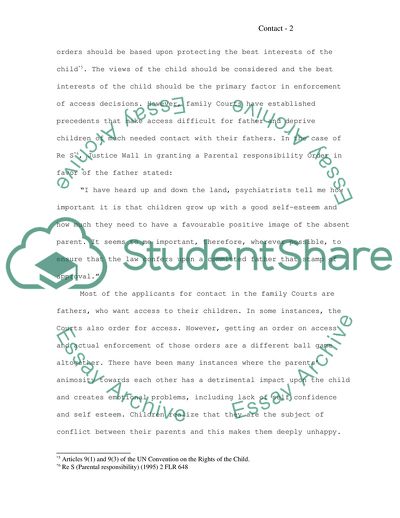Cite this document
(The Contentious Issue of Contact Assignment Example | Topics and Well Written Essays - 3250 words, n.d.)
The Contentious Issue of Contact Assignment Example | Topics and Well Written Essays - 3250 words. https://studentshare.org/law/1703083-child-act-contact-order
The Contentious Issue of Contact Assignment Example | Topics and Well Written Essays - 3250 words. https://studentshare.org/law/1703083-child-act-contact-order
(The Contentious Issue of Contact Assignment Example | Topics and Well Written Essays - 3250 Words)
The Contentious Issue of Contact Assignment Example | Topics and Well Written Essays - 3250 Words. https://studentshare.org/law/1703083-child-act-contact-order.
The Contentious Issue of Contact Assignment Example | Topics and Well Written Essays - 3250 Words. https://studentshare.org/law/1703083-child-act-contact-order.
“The Contentious Issue of Contact Assignment Example | Topics and Well Written Essays - 3250 Words”. https://studentshare.org/law/1703083-child-act-contact-order.


